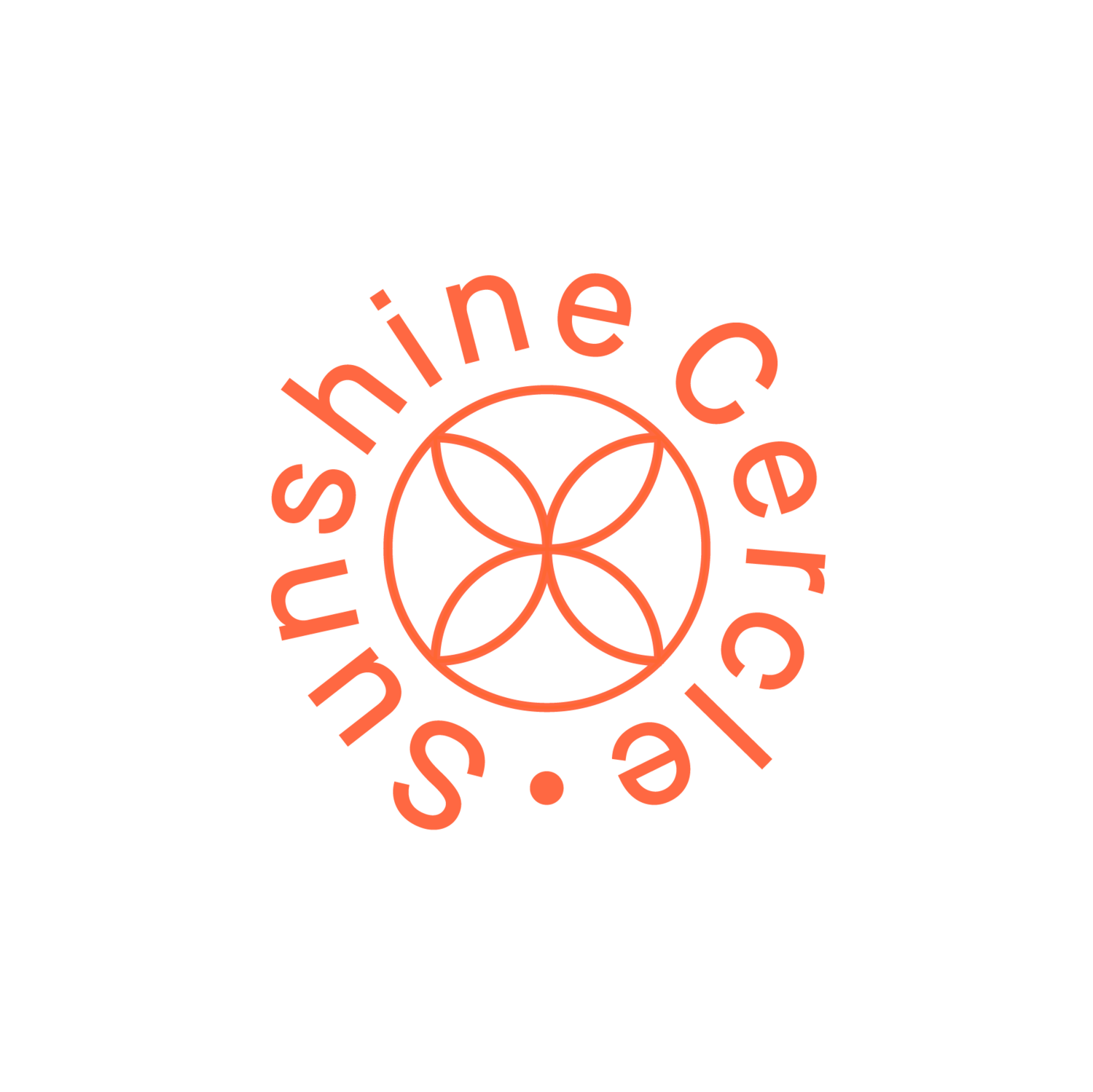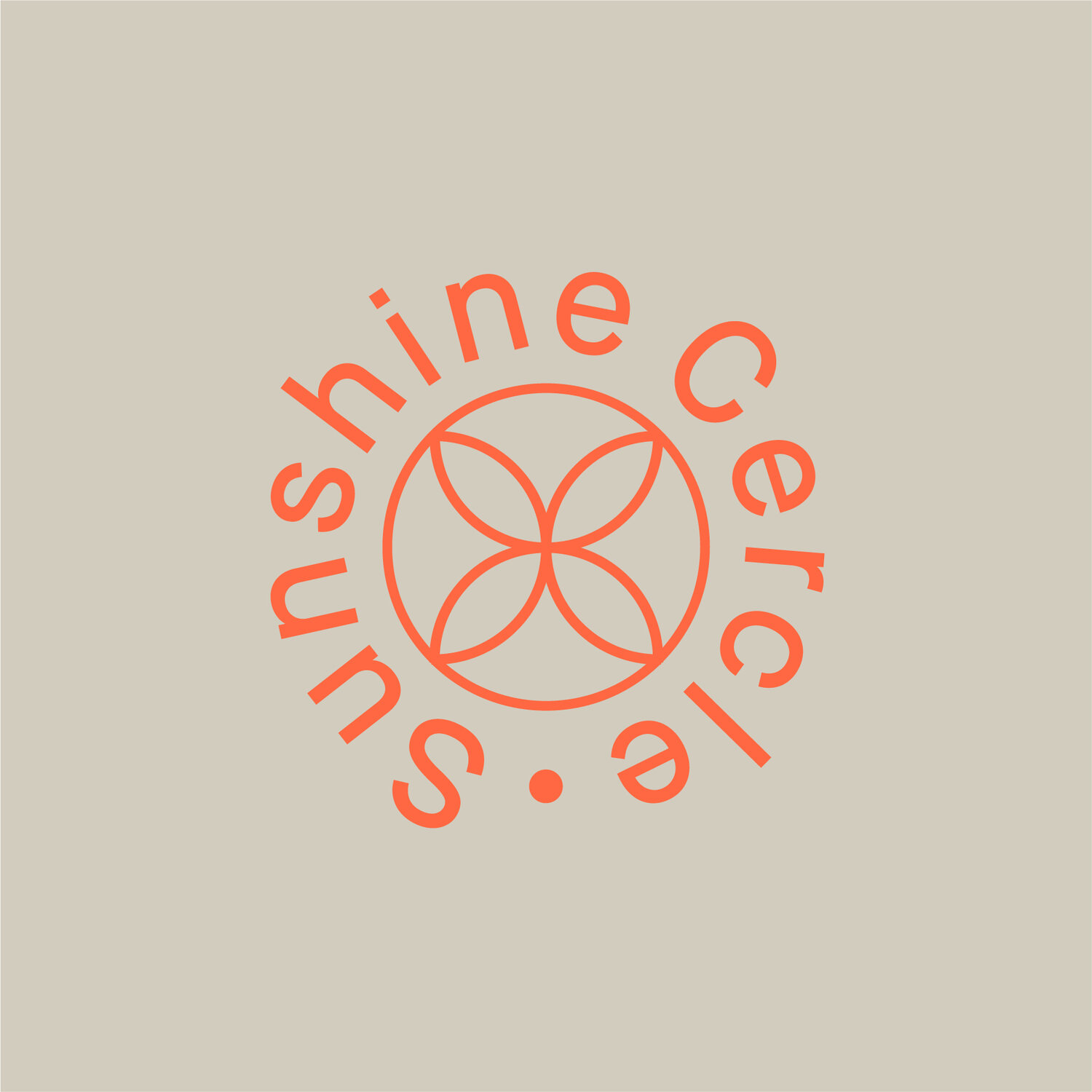Remembering our Resources to Restore Regulation
The key to navigating the turbulence of trauma is returning to resources to gently counteract traumatic states of hyperarousal or hypoarousal.
WHAT ARE RESOURCES?
The people, places, activities that help you feel grounded, nurtured, protected and safe again. Maybe nature feeds your spirit, or listening to music. Calling your best friend who is always there for you. Cuddling your pet or swinging in a hammock. Dancing, gardening, getting a massage.
Resources are soul nutrients – whatever helps you drop into safety and calm. They are the balancing elements that help to gradually restore equilibrium, the “healing” vortex.
What resources work will depend on the state of activation that a person is in. For example, individuals that have gone through trauma exhibiting excessive hypervigilance require resources that soothe fight-flight reactivity. The practitioner guides them in practices such as slow deep breathing, mindfulness of the senses, or safe imagery that gently activate the parasympathetic nervous system.
Alternatively, for those numbed out in hypoarousal, resources might aim to carefully increase activation and embodiment. Gentle movement, vocalization or other somatic exercises might help a person to rediscover mobilization and activation beyond hypoarousal’s frozen fog.
Through steady application, the techniques establish islands of respite between trauma's overwhelming currents. Like inflatable buoys, they help the individual temporarily stay afloat. In time, the mind learns it can alternate “paddling” (working with the traumatic material) and “resting” (abiding in the safety of resource support). Grace restores.
Everybody’s resources are different. Let’s identify what resources work for you.
PRACTICE: IDENTIFYING HELPFUL RESOURCES
Make a list of people, places, activities, objects, memories, music, imagery, etc. that help you feel grounded, calm, centered, or empowered when your trauma symptoms are triggered. These become your resources to draw on when destabilized. Examples: close friends, hiking in nature, listening to soothing music, looking at inspirational quotes, picturing a peaceful scene.
Try utilizing these resources when you notice trauma reactions arising. Write about your experience.
Examples to get you started:
Place I feel safe: Spend 2 minutes visualizing
Soothing song: Listen to chorus
Uplifting memory: Recall for 3 slow breaths
Grounding activity: Engage for 2 minutes
Gradually increase time with resources as you are able. Remember to go slow. Start with only the small waves – and gently balance what overwhelms with what soothes. Let these practices reanchor you when trauma responses pull you off center. Over time, resources will help restore rhythms of activation and relaxation. Keep adding resources to your toolkit.

